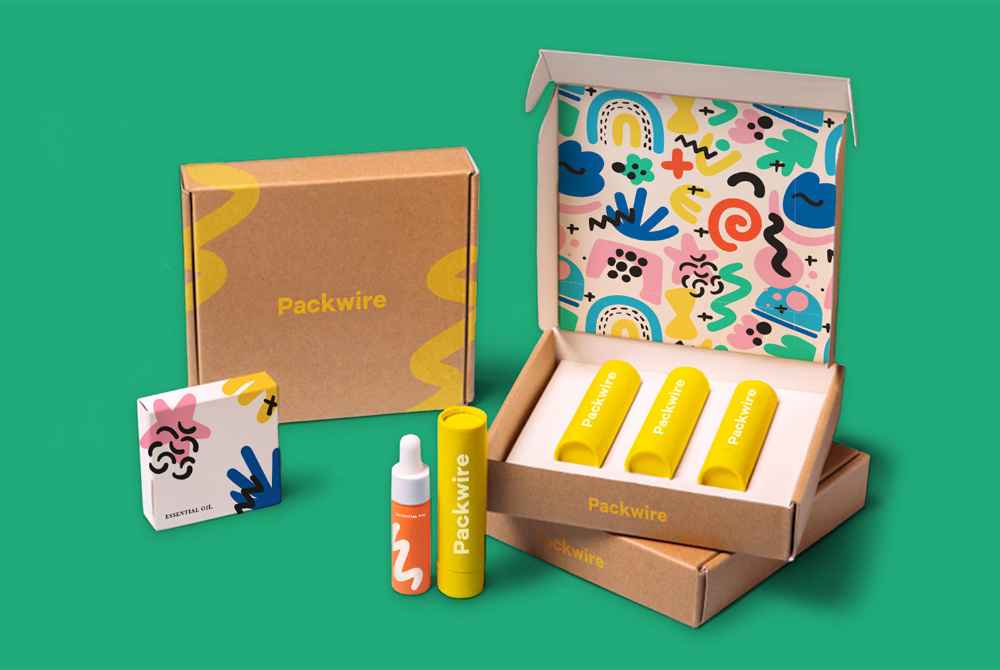What is the CMYK Color Model?
A CMYK color scheme comprises Cyan, Magenta, Yellow, and Key (Black). for printed materials. To achieve the desired color, layers of cyan, magenta, yellow, and key (black) ink are added to reduce the initial brightness.
Different levels of these characteristics are combined in offset printing machines with four colors by subtractive mixing, resulting in pure black.
How Do You Use the CMYK Color Model in Printing?
It is best to use MYK for printed materials. Compared to RGB, which we'll describe below, Shades and tones can be adjusted subtly (which digital devices cannot see, but our eyes can still see).
With CMYK printing, you'll get more accurate results than with RGB. Find out more about Pantone's Color Matching System (PMS)), created to help standardize CMYK color variations.
CMYK File Formats: What's Best?
Because of its wide compatibility, PDF is the best file format for CMYK printing. Illustrator's AI format is often used for logotypes and other product design elements, as is EPS from other vector software. Please use whichever format you prefer, and we can work with it.
What is the RGB Color Model?
RGB is an additive process. There are three primary colors: blue, green, and red. Its colors are combined in multiple ways and at different intensities to create a vibrant range of unique colors (also known as additive mixing). RGB is usually used in digital graphics when only a screen will display the image.
Black is the starting point for all colors in the RGB color model. The color changes as more red, green, or blue is added at different intensities. Pure white is achieved when the light from the device is mixed completely at the same level for each color at its highest intensity.
Depending on how the light and darkness are displayed on the screen of the device they're designing for, designers can adjust color saturation, shade, and vibrance to get the exact color they want.
How Should You Use The RGB Model in Printing?
An RGB color model is typically used only in Designs that will be viewed exclusively on screens. Below, we'll outline how to create a version of your design in RGB and one in CMYK if it is used both on screen and in print (such as your website and product packaging).
Graphs, buttons, icons, and logos for websites are the most common RGB applications.
What Is The Best RGB File Format?
JPG is typically the standard for RGB files due to its good balance between quality and file size. The PSD format is commonly used if everyone is using Adobe Photoshop. If parts of your image need to be transparent or only have a few colors, use PNG. Graphics such as icons, buttons, and other graphics are often saved as PNG files.
If you plan to use animation, you should use GIFs. BMP, TIFF, EPS, and PDF often have compatibility issues, and the file sizes are unnecessarily large and cumbersome.
How Do RGB and CMYK Prints Differ?
Depending on the display mode, the colors will appear differently viewed on a screen (RGB) or a print device (CMYK). Depending on how the colors are mixed, different modes will render differently.
CMYK printing can produce more vivid colors than RGB printing. Because of this, if you transfer a CMYK image, it will have a smaller range of colors and look slightly different on screen.
A RGB image, on the other hand, would look muted and dull when printed. Using Adobe Photoshop or Adobe Illustrator, it's easy to convert RGB images to CMYK, so if you have an RGB or CMYK image that needs to be changed, it's no problem.
Before printing, we can convert your logo or other files to ensure excellent results. While the colors are not 1:1 correlated, they can come close to matching.
As you explore your packaging and printing options, learn about embossing vs. debossing, spot UV printing, aqueous coating, soft touch coating, and lamination.
Would You Like to Know More About Working with RGB or CMYK Color Modes?
In addition to the information provided here, Luxury Custom Boxes understands that you may still have questions about color modes. You can count on us to convert your files for a flawless printed result.
Additionally, we advise you on the type of retail packaging that will best suit your product. The packaging will be printed with utmost precision and care according to your product development vision to match your brand's personality and style.
Regardless of the design you need, we have a team of artists from various backgrounds who can assist you. To create a harmonious match between product and customer, we'll take the time to understand your unique vision for your product and your target audience.
Our next step is to understand your budget better so that we can make cost-effective packaging suggestions that maximize your product's packaging design.
After the design is complete, We can suggest packaging options that match the theme, box size, etc., and the look style you want to convey. Numerous print styles and processes can help you achieve everything from classy and sophisticated to highlighting your logo or lettering.
Get a free quote on your product packaging design and printing needs, and let's collaborate to make your brand stand out with a professional look!






